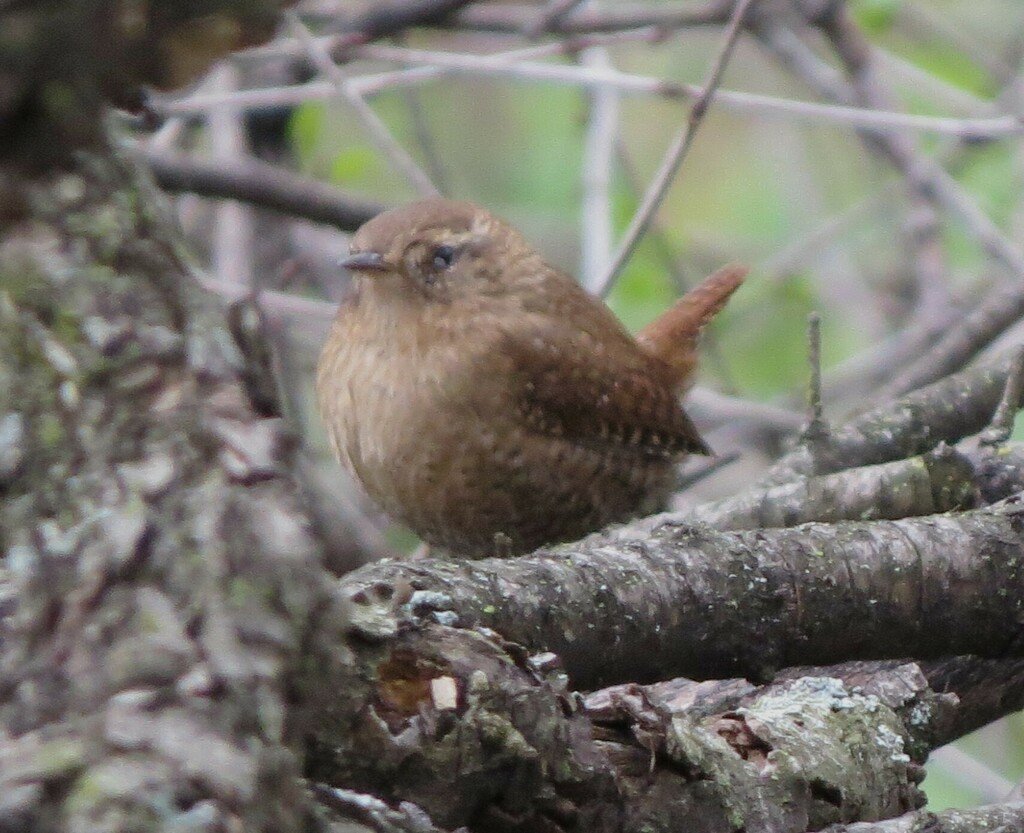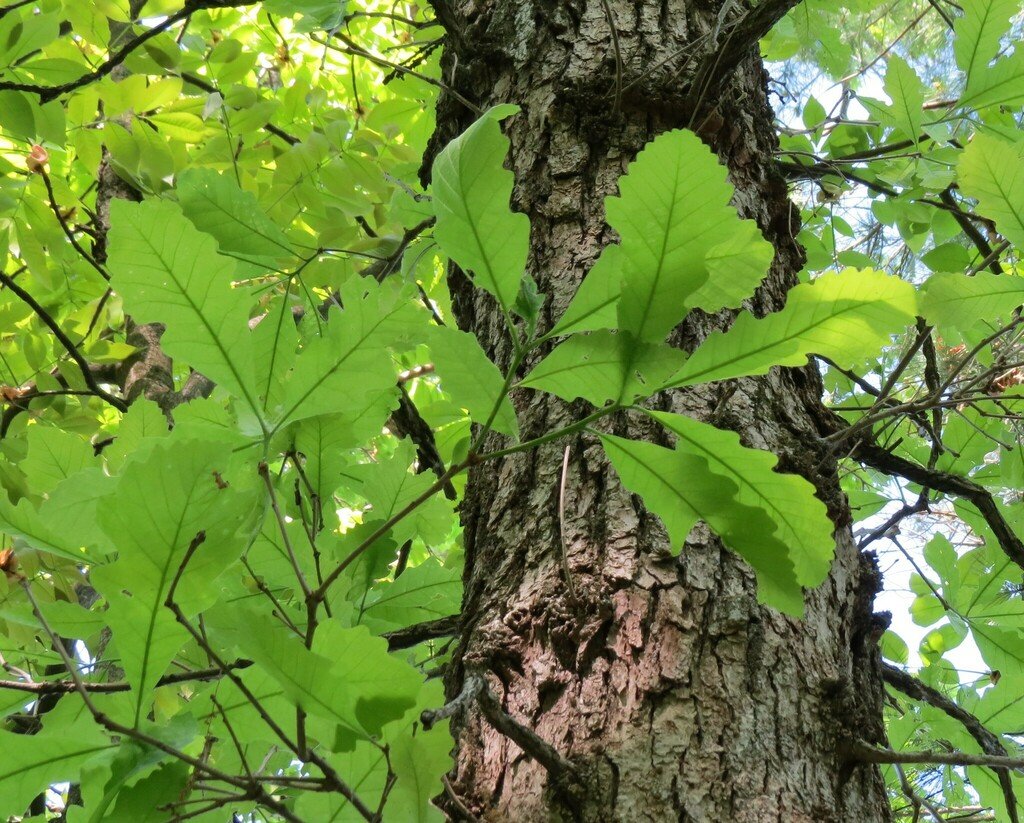The properties owned and managed by Southern Wisconsin Bird Alliance (SoWBA) in Columbia County are teeming with life. From birds, insects, mammals, and herptiles to fungi, lichens, and plants, there is no shortage of species to discover.
Keeping track of the species found on our properties (Goose Pond Sanctuary, Erstad Prairie, and Otsego Marsh), or even your own observations, is made simple and exciting with tools like iNaturalist. To date, iNaturalist has over 230 million observations by over 3.5 million observers worldwide. However, iNaturalist is much more than a repository for wildlife observations; it is a bustling community of scientists and nature enthusiasts who band together to learn about the natural world. Learning is the goal, so users can upload unidentified observations to be ‘crowdsourced’ identified by the iNaturalist community, a great way to learn new species and generate reliable data.
Since iNaturalist defines the geographic boundaries of SoWBA properties in their database, anyone who visits and submits an iNaturalist observation automatically contributes to the observations at our sanctuary lands. As SoWBA sanctuaries continue to develop and expand, we hope to see similar growth in our iNaturalist project. iNaturalist data provides baseline documentation of species, impacts of our restoration efforts, and also change of species ranges caused by natural phenomena and anthropogenic drivers like climate change.
Jim Otto during a previous monarch tagging session at Goose Pond Sanctuary (photo by Arlene Koziol).
As the saying goes, many hands make light work, and many folks each making a few observations goes a long way. However, there is a particular set of hands that have taken on a tremendous amount of work for our iNaturalist project, and those belong to long-time volunteer, naturalist, and fanatic in the most wholesome sense, Jim Otto. After years of helping Goose Pond staff with bird, odonate, bee, and other surveys, Jim wondered: What else is out there? In 2023, he created an iNaturalist project titled “Biodiversity of Southern Wisconsin Bird Alliance’s Columbia Co. Sanctuaries” to document as many species found on SoWBA’s Columbia County properties as possible.
Jim has enjoyed taking the lead on our iNaturalist project. Out of the 2,715 observations made by 91 observers at the Columbia County properties, Jim has made over half of them (1,533). So far, 957 species have been documented; however, Jim believes that our species count could double or even triple in the future, so we welcome all nature enthusiasts to spend time at our properties and help us reach that goal!
A word of advice from Jim:
“Some types of organisms are easier than others to find, identify, and record. Plants are stationary, thank goodness, while many animals are shy and very mobile. Lichens often need chemical analysis to identify species, while aquatic algae and protozoans must be observed with a microscope. Moths and many other insects come out at night. In 2024, I had great success finding terrestrial plant species. In 2025, I plan to target fungi and lichens, plus aquatic organisms.”
Goose Pond Sanctuary Highlights
Observations: 1,526; Observers: 84; Species: 630




Bobcat
Not all observations are made by people in the field! This bobcat was photographed by our DNR Snapshot Wisconsin camera and later added to iNaturalist. This was the first bobcat recorded at Goose Pond.
Eastern red bat
Observations can be added retroactively. One of Emma’s highlights from her time working at Goose Pond was when she found an Eastern red bat roosting in the maple tree behind the Kampen residence. Even though she discovered the bat in September 2021 before the iNaturalist project was created, she was still able to submit the observation to the project. That said, if you have photographs from one of our properties, you can still submit the observation, but enter the date you had photographed it.
Say’s blister beetle
Out of the 785 species that Jim has recorded on our iNaturalist project, the Say’s blister beetle is one of his most memorable observations. Part of Jim’s goal is to not only identify as many species at our properties as possible, but to photograph them as well. The Say’s blister beetles happen to be very photogenic beetles.
Toothcup
On October 1, 2024, Mark, Graham, and Emma were checking the area north of the west pond that was flooded after above-normal rainfall and noticed a diversity of smaller plants, mostly annuals. Emma found a plant the group hadn’t seen before and Mark entered the photo in iNaturalist. Jim identified the new species as toothcup, an uncommon native species found in wet, muddy areas. Jim and Mark surveyed the area a few days later and found more three new species: bog yellow-cress, rough-fruit amaranth, and water chickweed.
Erstad Prairie Highlights
Observations: 477; Observers: 26; Species: 354
Eastern fox snake
After Jim caught, examined, and released an eastern fox snake at Erstad prairie, the snake paused on the trail, turned, and seemed to be saying “Don’t try that again!” It then disappeared into the tall grass.
Southern plains bumble bee
Jim photographed an unknown bumble bee that was identified by others as a southern plains bumble bee. Jim’s observation was the second record of this species in Wisconsin. The US Fish and Wildlife Service is currently deciding if this rare bumble bee should be listed as a federally endangered species.
Otsego MarsH HiGHLIGHTS
Observations: 713; Observers: 15; Species: 557



Brook stickleback
One of Jim’s goals was to document more aquatic species. Although he was searching for minnows, when Jim saw the distinct spikes on this fish’s back, he knew it was a stickleback! It goes to show that you never know what you’ll find when you’re looking for something else.
Winter Wren
In addition to being an exciting find, Winter Wrens are undeniably cute. Jim barely had time to admire this little wren and snap a photo before it quickly went on its way. Unlike some plant species, you need a little luck to submit observations like these!
Swamp White Oak
This highlight may seem a little odd—it’s no surprise that there are oak trees at Otsego Marsh. However, amongst the white oaks, Jim found one lonely swamp white oak. This is the type of observation that may have gone unnoticed if someone wasn’t intentionally looking for it. SoWBA acquired this property 40 years ago and it is surprising that someone did not notice the tree before.
Thank you to Jim Otto for starting and leading this exciting project. We can’t wait to see what observations 2025 brings. We’d also like to thank everyone who has submitted iNaturalist observations at the SoWBA’s Columbia County properties. We encourage everyone to visit Goose Pond, Erstad Prairie, and Otsego Marsh to explore and learn about nature (bonus points if you submit a few observations to iNaturalist!).
Written by Emma Raasch, Goose Pond ecological restoration technician; Mark Martin and Susan Foote-Martin, Goose Pond managers; and Graham Steinhauer, Goose Pond land steward, with major contributions from Jim Otto.
Cover image: Pied-billed Grebe at Goose Pond Sanctuary (photo by Jim Otto).








